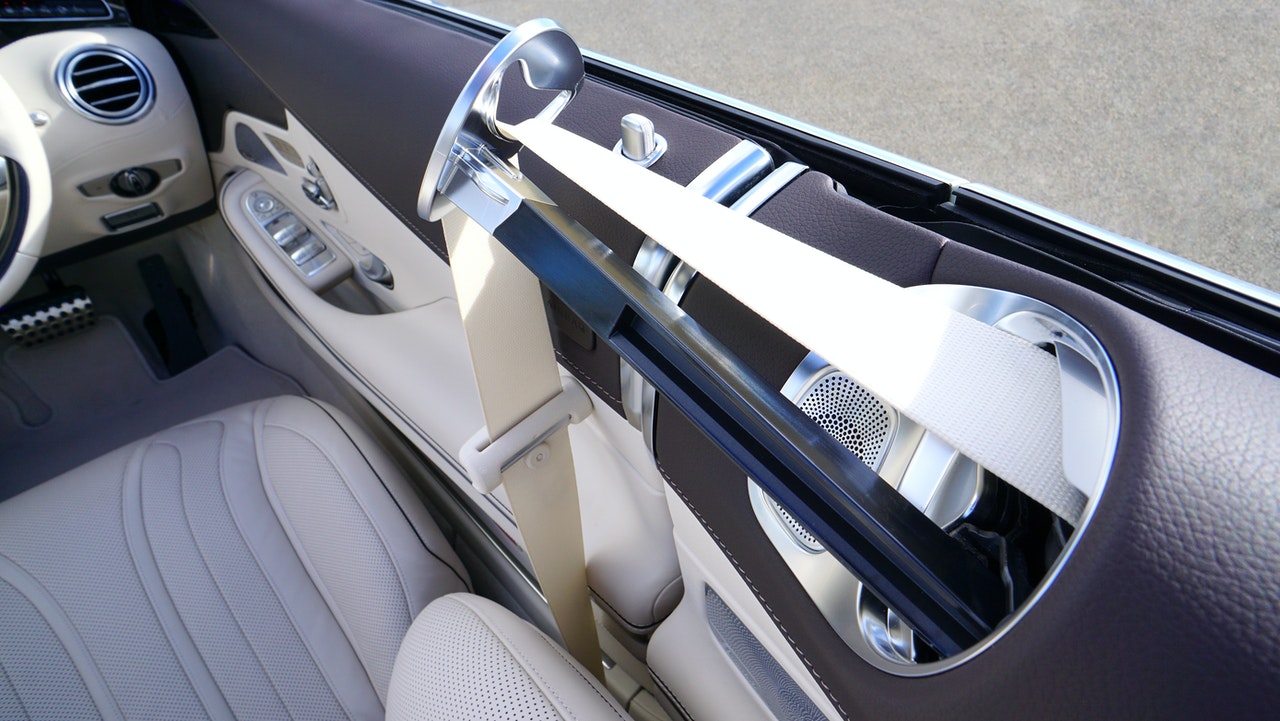One of the first things you do when getting into a car is fasten your seat belt. You do this to protect yourself in the event of an accident. Your vehicle’s key safety device is the seat belt. If a seat belt fails, there can be serious, even tragic, consequences.
This article will run you through the common causes of seat belt defects and signs that you should get a seat belt repair.
Why Do Seat Belts Fail during Accidents?
Seat belts can break for a variety of reasons:
Unlatching
During an accident, seat belts may unlatch for various reasons such as:
- Crash forces induce the buckle to loosen, making it unlatch inertially.
- When an occupant or something in the car mistakenly hits them during an accident, they can unlatch
- A seat belt buckle may seem sound and feel locked when it is not. In this false latching circumstance, the buckle can readily come undone in an accident, leaving the occupant vulnerable.
Spooling Out
Seatbelts have the potential to spool out. During a collision, seat belts are meant to lock. If the locking mechanism fails, the seat belt can spool out, allowing a person to be flung forward or even out of the belt restraint.
Not the Right Sizes
Seat belts may not adequately protect passengers of particular proportions. Seat belt designers sometimes ignore little passengers.
The lap belt sits too high on the abdomens of children and smaller people, while the shoulder belt rests on their necks rather than shoulders.
This poor design might result in catastrophic injuries or even death in an otherwise avoidable accident.
Other Causes of Seat Belt Failure
Other than accidents, there may also be manufacturing issues that can cause a seatbelt to fail, such as:
– Defective webbing material
– Inadequate design or geometry
– Manufacturing or assembly mistakes or flaws
Motor vehicle and seat belt manufacturers that are careless or negligent should be held liable for injuries caused by a faulty seat belt.
Is It Time to Get a Repair or Replacement?
The National Highway Traffic Safety Administration considers seat belts, like automobile seats and airbags, to be single-use devices. Seat belts are meant to protect and immobilize a passenger just once in the case of a collision.
Only if seat belts are in proper functioning order can they safeguard passengers.
Any seat belts that were in use during a crash should be replaced to guarantee that they will provide the same level of protection in another collision. Some manufacturers additionally advise replacing all of the vehicle’s safety belts, even if they weren’t in use at the time of the accident.
It’s impossible to predict how outdated seat belts will perform in an accident. Seat belts that are torn or do not function correctly should be changed regardless of whether they have been involved in an accident.
Seat belts should be evaluated and may be changed after 10 to 15 years of usage, according to some safety experts. This verifies that the seat belts have not been stretched during everyday use to necessitate replacement.
Consequences of Faulty Seat Belts
Seat belt defects can result in severe and frequently deadly injuries. These life-altering injuries have the potential to transform a person’s life forever.
Injury to the head and neck, chest injuries, and damage to the arms or legs are the most common injuries caused by seat belt failure; these injuries can result in lasting impairments.
An occupant can be thrown from the car and suffer spinal cord or neck injuries, resulting in quadriplegia, paraplegia, paralysis, or death if a seatbelt fails during a rollover.
Conclusion
While seatbelts are one of the most effective safety restraint devices available, they are not infallible. They can fail. Passengers should regularly inspect the seat belts to determine if they need to be replaced or fixed to ensure maximum safety and security for the passengers.
Are you looking for seat belt repair in Westfield, MA? SRS Restore offers repair and rebuilding of seat belts locked after an accident. Contact us today to learn more!

